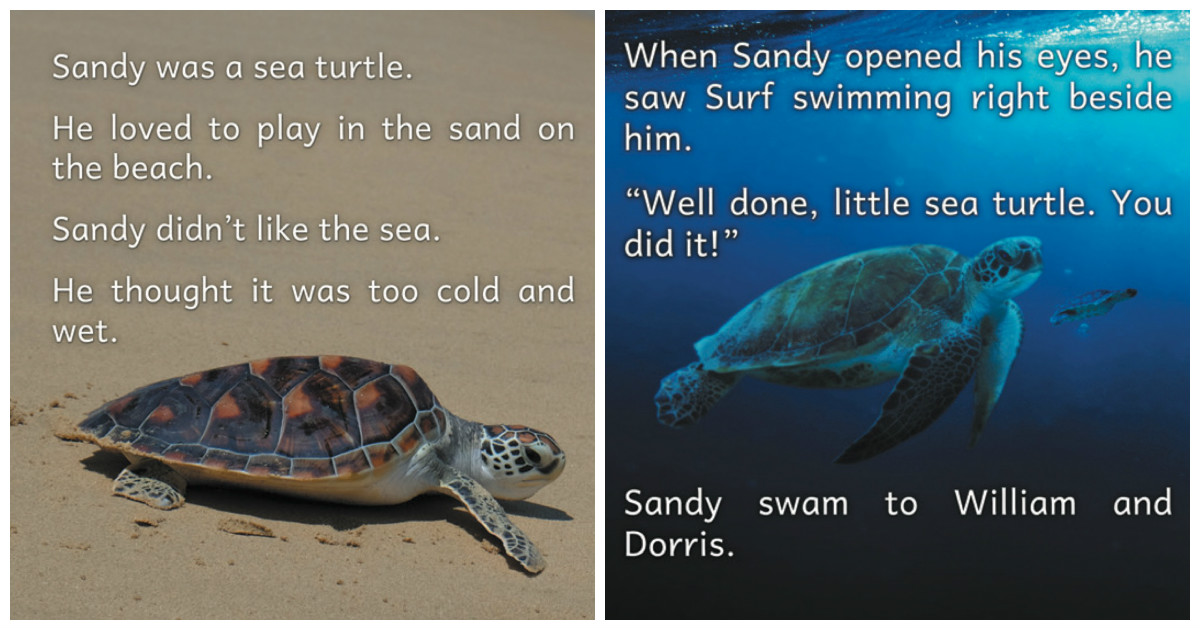8 November 2016

“It was inspired by my nephew being afraid of swimming. I wrote Sandy the Sea Turtle to help him to see that everyone gets a little frightened sometimes, and we just need good friends to help us along the way,” says the College’s Head of Psychology-cum-children’s author, Ashley Vallance.
Due for Amazon release on Friday 11th November, ‘Sandy the Sea Turtle’ is Ashley’s 12th book and her second to be published following her debut ‘Sniggles, Wiggles and Fuzz the Cosmic Fairy’ last Christmas.

Ashley takes great inspiration from her two young nephews when coming up with story ideas, and said: “The main reason for writing my own is that I was struggling to remember the versions of the classic tales, like ‘The Three Little Pigs’ or ‘Hansel and Gretel’, that my mum and dad had read to me years ago. Rather than struggle recalling those stories, I decided to develop my own – that way I could add in any characters I wanted to and make the tales more personal for the boys.”
"Reading allows children to escape to a world of fantasy where the only limits are within their own imagination."
Ashley, who has been a Psychology teacher at the College since 2009 and became Head of Department this year, explained that, despite her busy teaching schedule, she finds time to write the books because it comes very easily to her.
She said: “I’ve always enjoyed writing creatively. I took English Literature A Level and wrote for my college newspaper, and as a child my mum and dad always encouraged us to read. Story time before bed was always mine and my sister’s favourite time, as I think it is for so many children. I genuinely feel that reading allows children to escape to a world of fantasy where the only limits are within their own imagination.”

Like many of the best and longest-lasting children’s books, the new release ‘Sandy the Sea Turtle’ has a message at its core that can help to shape a child’s character and teach them valuable lessons in life.
Ashley said: “Each of the stories I’ve written has a theme and tries to impart a moral. It gives children the opportunity to discuss the tale and apply it to their own experiences. Also, with ‘Sandy the Sea Turtle’, I decided to use photographs of animals rather than illustrations. Again, my nephews always prefer to read factual books with animal photography, so it made sense to use photographs where children can observe the animals in their natural habitats.”
.png)

.jpg)

.jpg)








_(403x640).jpg)